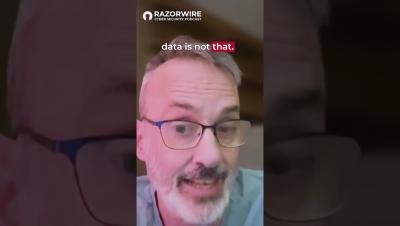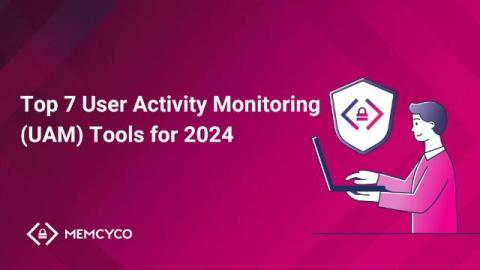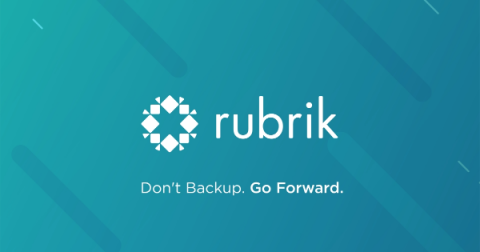HTML Smuggling: How Blob URLs are Abused to Deliver Phishing Content
HTML smuggling techniques have been around for quite some time. A previous Trustwave SpiderLabs’ blog discussed its use in distributing malware by storing binaries in immutable blob data within JavaScript code that gets decoded on the client-side browser, eventually delivering the payload.











